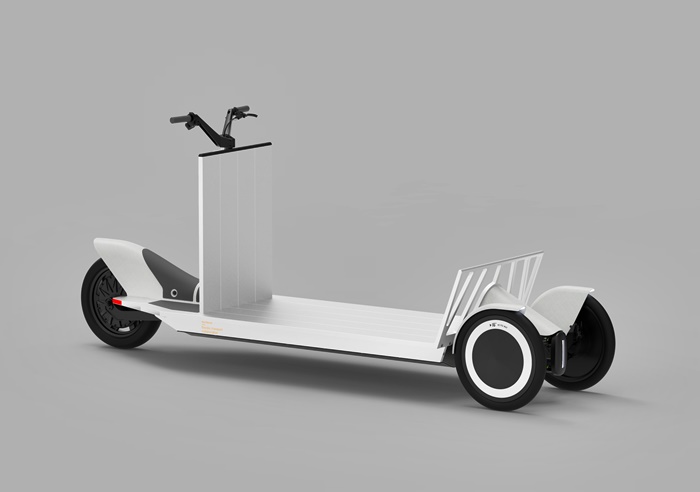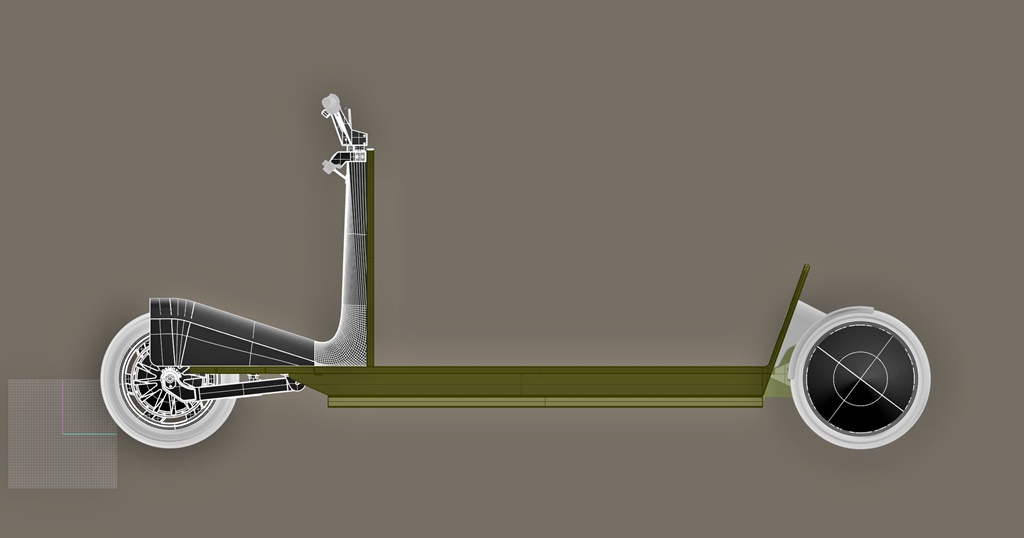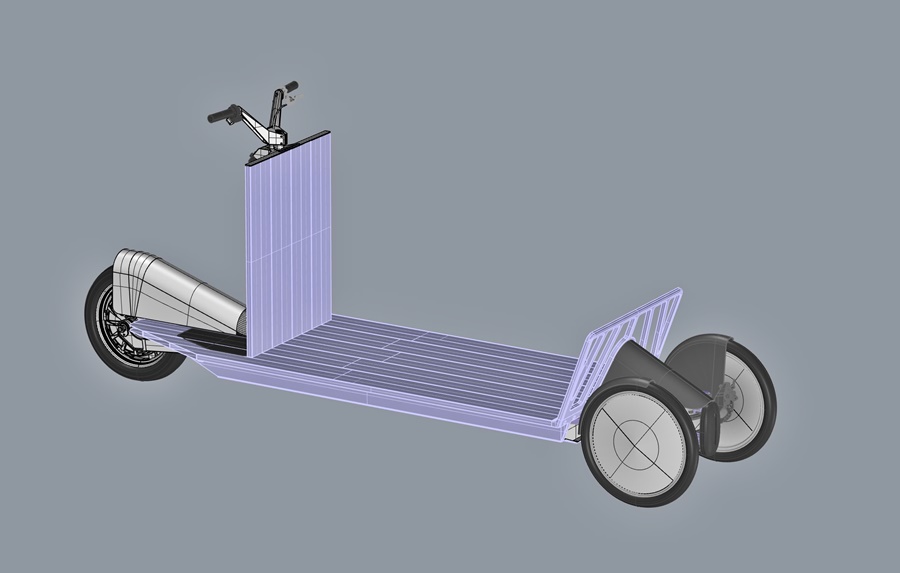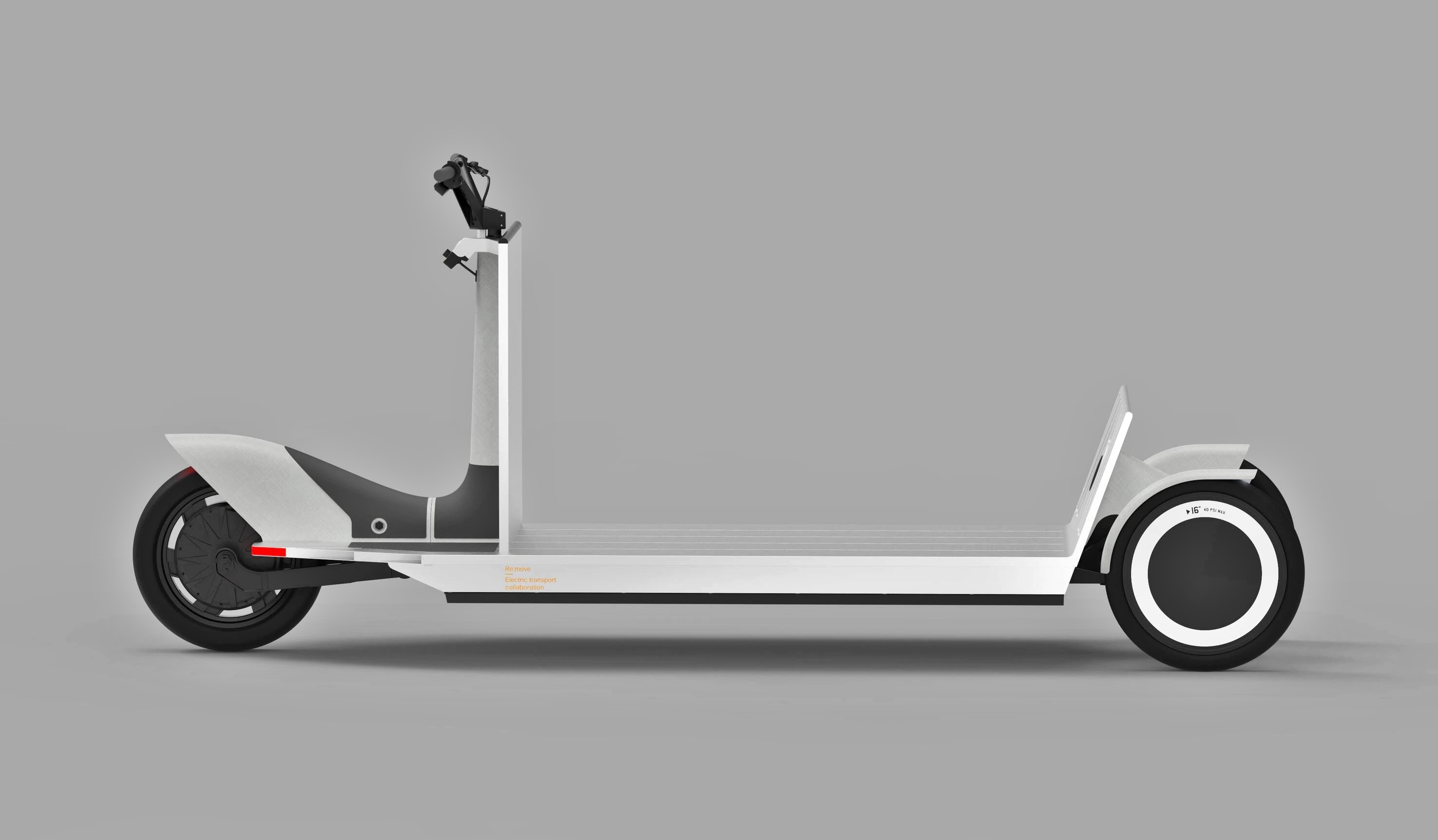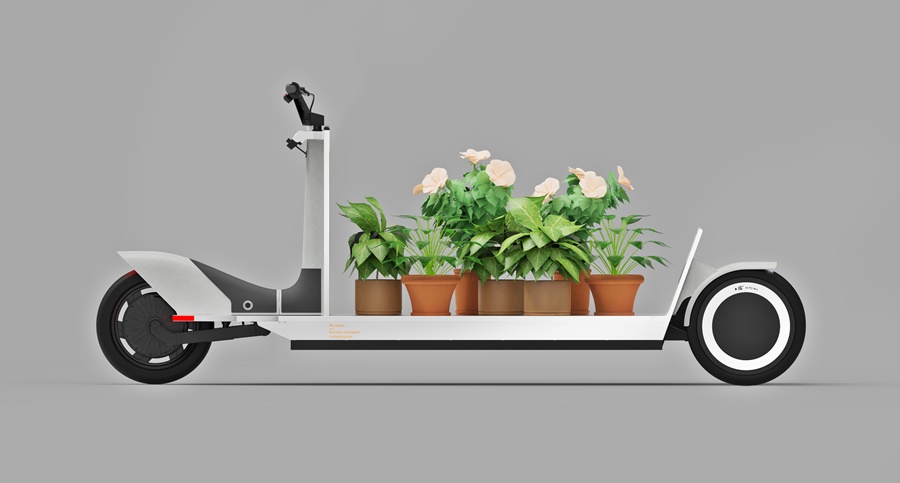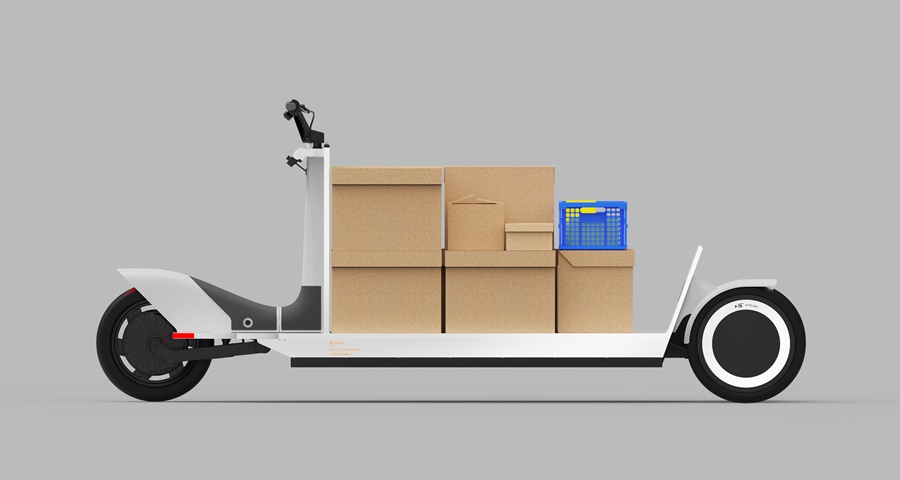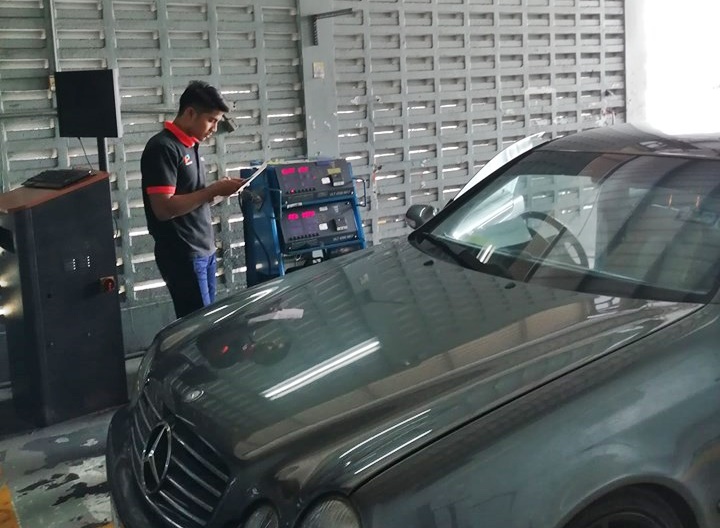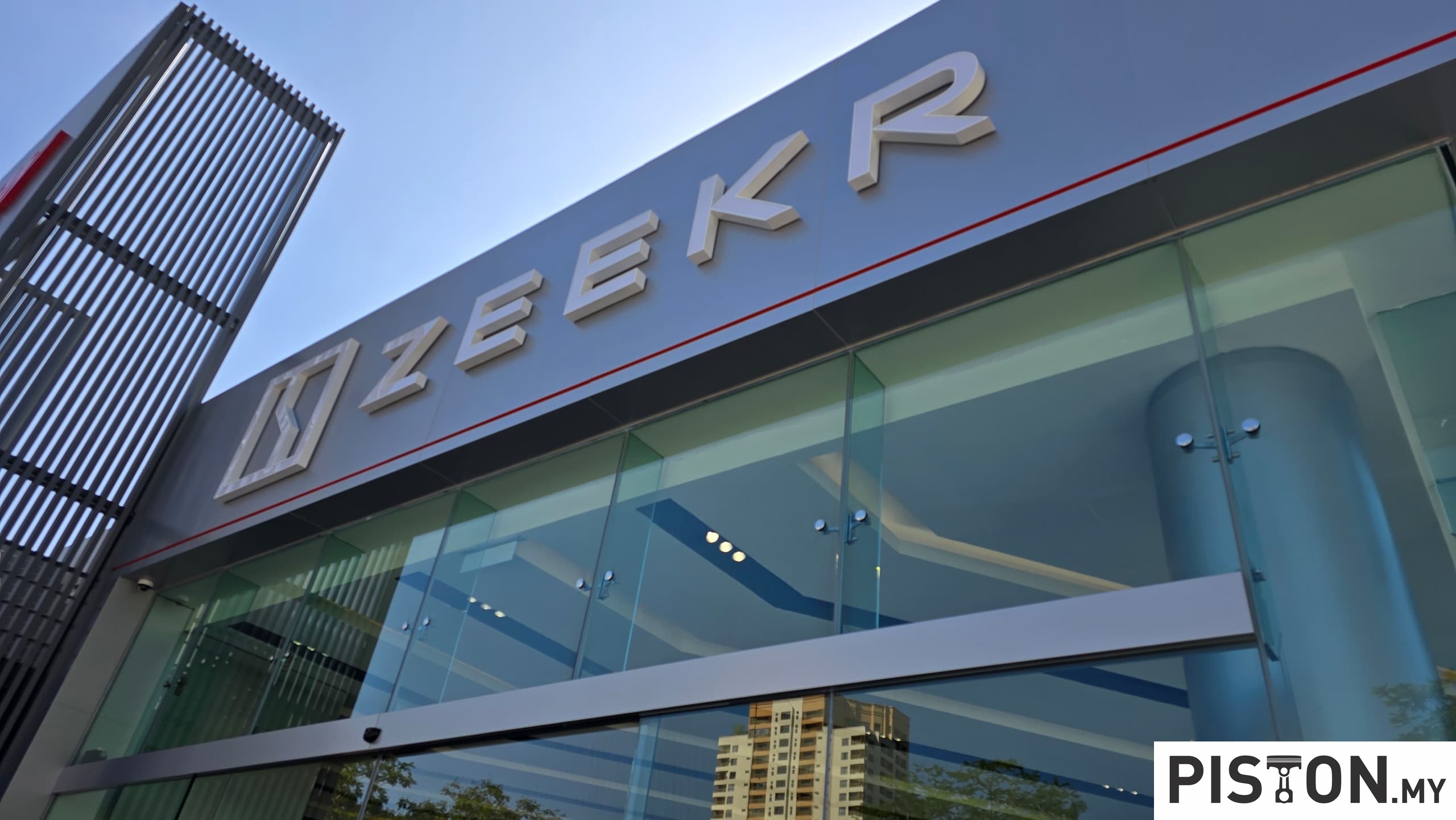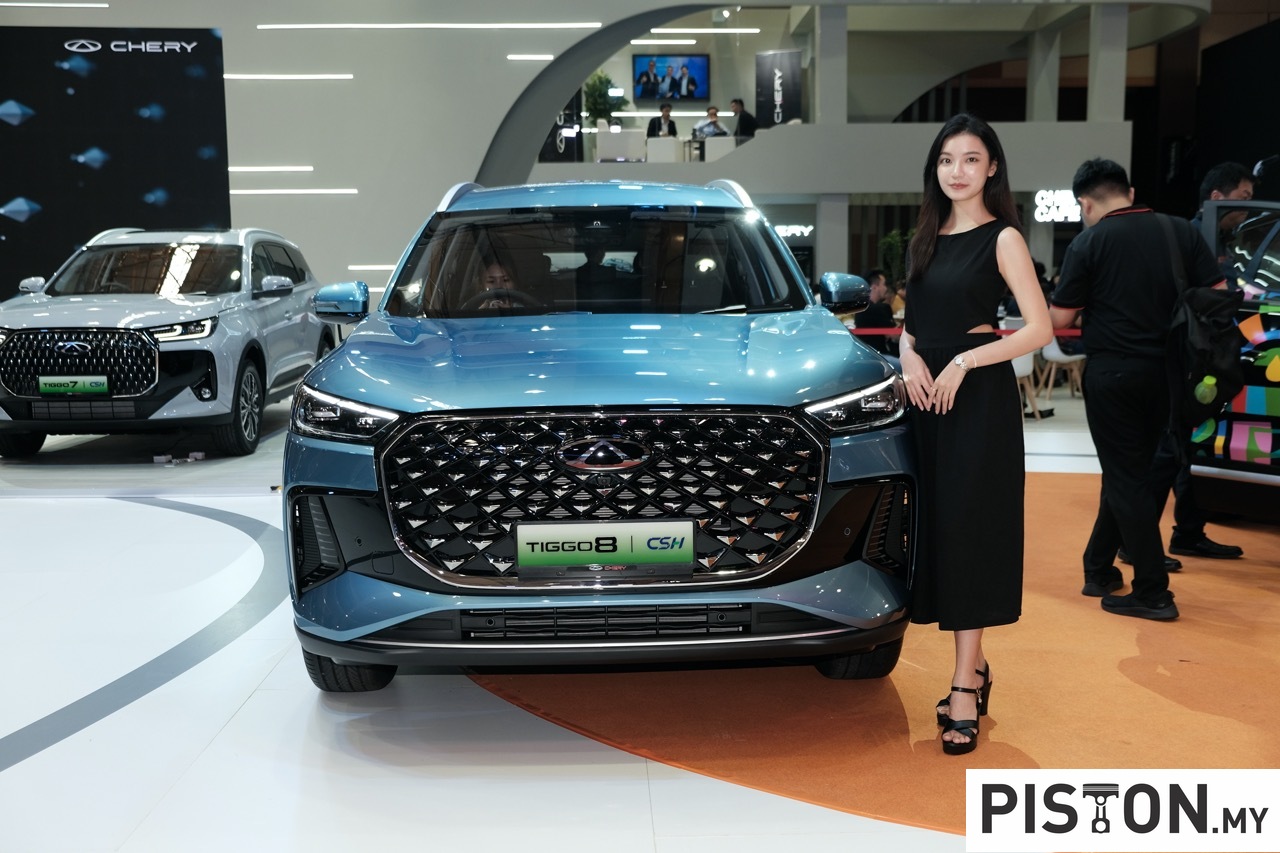
Back in the early 1980s, Honda launched a small hatchback called the City (the original one, not the popular model sold today) and an ‘accessory’ which owners could get with it was a Motocompo motorbike. This was a tiny two-wheel weighing about 45 kgs, and it was designed to fit into the boot of the City with its handlebar and footpegs folded to form a rectangular package.
That Honda came out with such an idea was hardly surprising since the company was the world leader in motorcycles and had all sorts of two-wheelers and other type of motorised vehicles. While the car is just another model in Honda’s history, the Motocompo is fondly remembered and has a certain cult status to it in some countries.
The idea of carrying a motorcycle in the car was to provide mobility for ‘the last mile’ in a journey. The driver could park the car at a fringe carpark at the edge of the city and then ride the motorcycle in, an approach which would be ideal for places with traffic-restricted zones like London and Singapore.
Now Polestar is also revisiting such a concept of mobility using a simple 3-wheeler with a project named Re:Move. The group behind the project saw the need to reimagine last-mile deliveries and how goods are transported within cities as the world looks to reduce reliance on combustion engines. Re:Move strives to become a catalyst for change, inspiring new thinking around electric mobility.
Viable and functional reality
Designer Konstantin Grcic designed Re:Move to be a dynamic, three-wheeled urban ‘sled’, though it is not intended to be carried in a car but could be in a van. A team of e-mobility innovators and material engineers collaborated remotely to make his vision a viable and functional reality. Compact and mobile enough for most bike lanes, but big enough to handle a 275-kg payload, Re:Move defines a new vehicle category. Built with fully recyclable and low carbon aluminium, it will handle deliveries in a cleaner, quieter and kinder way.
“Weight is critical for e-mobility performance, and aluminium offers light weight, high strength and recyclability,” said Jonas Bjuhr, MD of Hydro in Sweden. “As we now see reductions of emissions in the use phase of cars, the next big task for car manufacturers will be to reduce emissions in the production of the vehicles”.
To overcome the complex engineering challenges of realizing his design, Grcic worked with the Hydro engineering team, Polestar’s design engineering lead at the company’s UK R&D facility. A working version of Re:Move will be unveiled sometime during the fourth quarter of this year but the story behind its development thus far will be presented at the SXSW (South by South West) Conference & Festival in Texas next week.
Also involved in the Re:Move project is CAKE, a Swedish company specialising in electric motorcycles. They provide their expertise in drivetrain and battery technology with a view that such a project, involving peak competence, truly accelerates the journey towards zero emissions.
Beginning of a journey
“This is only the beginning,” declared Thomas Ingenlath, CEO of Polestar which is owned by Volvo Cars and recognised as a vehicle manufacturer in its own right. “The electric drivetrain is only the first step; then we have to look at the whole supply chain and what materials we design with. This is so much more exciting than the last 20 years when designers were just making things pretty.”
Media error: Format(s) not supported or source(s) not found
Download File: https://www.piston.my/wp-content/uploads/2021/03/Polestar-ReMove-1.mp4?_=1Commenting on the design of the Re:Move, Grcic said: “The horizontal platform and the vertical shield is something you don’t see in vehicle design. This is how you’d build a table or a shelf. I think the simplicity and directness… the pragmatism… is nice. Good design has always been sustainable, because it’s lasting. Things that have a long lifecycle are sustainable.”
“The Re:Move project is an amazing example of what you can achieve when you bring together the right collaborators and they get behind a good, clear idea. There is just a real energy and sense of purpose in play. The engineering and material challenges are actually quite complex but at every turn, solutions have been found. Konstantin has responded to that and the design of Re:Move has rapidly evolved, becoming more compelling and dynamic,” said Nick Compton, contributing editor of Wallpaper (a British design publication), which commissioned the project.







